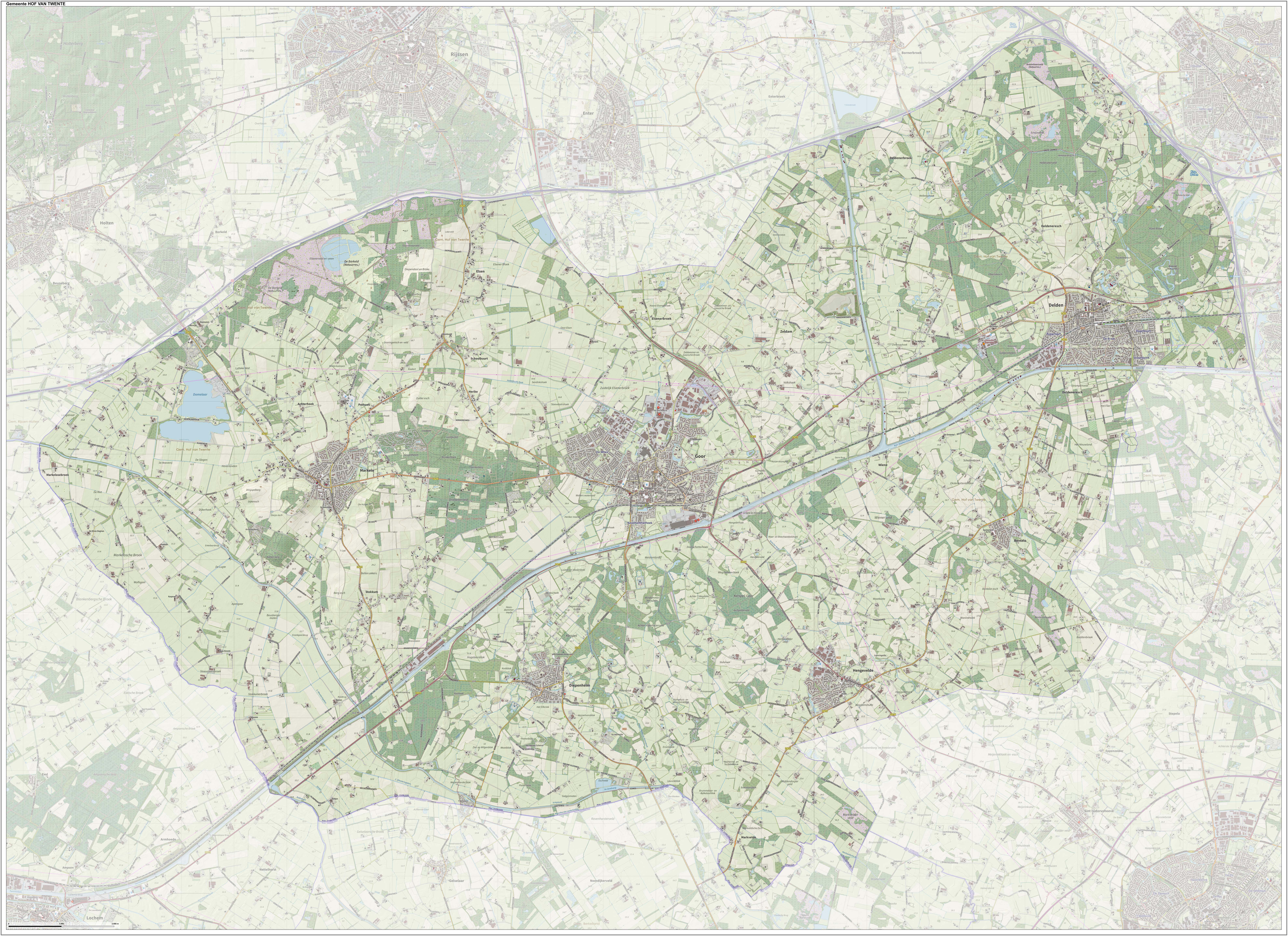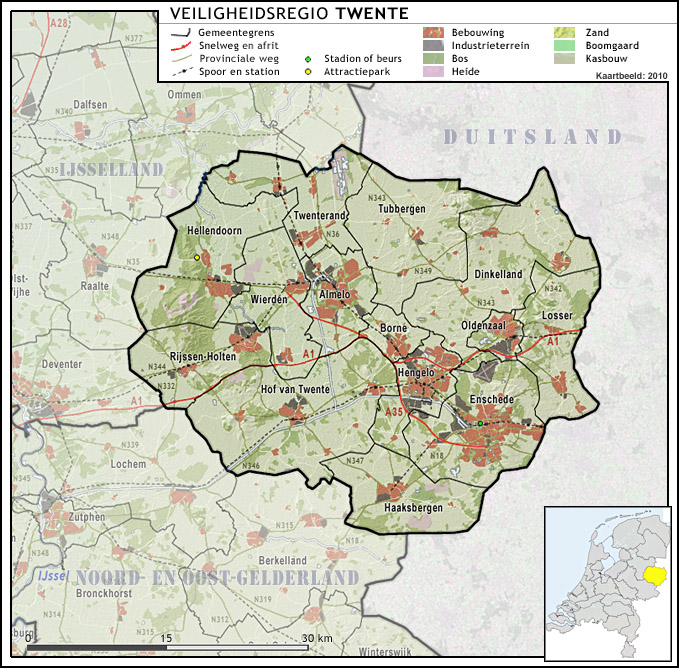|
Goor
Goor () is a city about 20 km west of Enschede in the Netherlands, Dutch province of Overijssel. It received City rights in the Netherlands, city rights in 1263. Goor was a separate municipality until 2001, when it became a part of Hof van Twente. Goor was the site of a statue of the republican leader Joan Derk van der Capellen tot den Pol, but the statue was destroyed by royalists Orangism (Dutch Republic), Orangists after the republican movement was crushed in 1787. Jewish community While records of individual Jews in Goor date back to the 14th Century, the first permanent records of a Jewish community date to the 1600s when residence permits were issued to Jews.“Jewish Communities:Goor,Joods Cultureel Kwartier”, https://jck.nl/en/page/goor The Jewish population expanded rapidly in the second half of the 18th Century. In 1748, Goor had 13 Jewish residents; that number increased to 238 Jews by 1809. “Jewish Communities:Goor,Joods Cultureel Kwartier”, https://jck.nl/e ... [...More Info...] [...Related Items...] OR: [Wikipedia] [Google] [Baidu] |
Hof Van Twente
Hof van Twente () is a municipality in the eastern Netherlands, province Overijssel. The municipality was established 1 January 2001 as the result of the merger of the municipalities of Diepenheim, Goor, Markelo, Ambt Delden, and Stad Delden. Population centres The larger places are printed in bold types. History Goor (Dutch for: low, swampy land) achieved city rights in 1263. An important city, however, it never became. The "Drost" ( a kind of mayor) of the Twente region, who ruled this area in behalf of the bishop of Utrecht, had in the late Middle Ages his residence in Goor. In its surroundings some castles were built, among them the house of the important Heeckeren family in 1412. Goor had a small harbour along the river Regge ( which flows to the Vecht near Ommen), but when the Twente canal was opened in 1936, a new industrial port was built there. The factory Eternit, that produces building materials containing asbestos, brought Goor unwillingly into trouble. For decad ... [...More Info...] [...Related Items...] OR: [Wikipedia] [Google] [Baidu] |
Goor Railway Station
Goor is a railway station located in Goor, The Netherlands. The station was opened on 1 November 1865 and is located on the Zutphen–Glanerbeek railway between Zutphen and Hengelo. The train service is operated by Syntus Keolis Nederland is a public transport company operating bus and passenger train services in the Netherlands. Originally created as Syntus and owned by Connexxion, Keolis and Nederlandse Spoorwegen, since 2012 Keolis Nederland has been a 100% subs .... The trains of the service pass each other at this station. Train services Bus services External linksNS websiteDutch Public Transport journey planner Railway stations in Overijssel Railway stations opened in 1865 Railway stations on the Staatslijn D Hof van Twente {{Netherlands-railstation-stub ... [...More Info...] [...Related Items...] OR: [Wikipedia] [Google] [Baidu] |
Twente
Twente ( nl, Twente , Tweants dialect: ''Tweante'') is a region in the eastern Netherlands. It encompasses the most urbanised and easternmost part of the province of Overijssel. Twente is most likely named after the Tuihanti or Tvihanti, a Germanic tribe that settled in the area and was mentioned by the Roman historian Tacitus. The region's borders are defined by the Overijssel region of Salland in the northwest and west (the river Regge roughly defines the western border), the German County of Bentheim in the northeast and east (the river Dinkel roughly defines the eastern border) and the Gelderland region of the Achterhoek in the south. Twente has approximately 620,000 inhabitants, most of whom live in its three largest cities: Almelo, Hengelo and Enschede, the latter being the main city of the region. It comprises fourteen municipalities: Almelo, Borne, Dinkelland, Enschede, Haaksbergen, Hellendoorn, Hengelo, Hof van Twente, Losser, Oldenzaal, Rijssen-Holten, Tubbergen, Twe ... [...More Info...] [...Related Items...] OR: [Wikipedia] [Google] [Baidu] |
Jelle Klaasen
Jelle Klaasen (born 17 October 1984), nicknamed The Cobra, is a Dutch professional darts player who plays in the Professional Darts Corporation (PDC) and World Darts Federation (WDF) events. In 2006, he became the youngest darts player to win the World Darts Championship, aged 21 at the time. He also is a Dutch Open champion. Since November 2022, he has been the leader of the World Darts Federation men's ranking. Beginnings of his career His first attempt at the international stage was a 2005 Winmau World Masters ended with a 2–3 defeat to Irishman Steve McDonald. On 15 January 2006, Klaasen became the youngest World Darts Champion, aged 21 years 90 days, when he defeated fellow Dutchman Raymond van Barneveld in the final of the 2006 BDO World Championship by 7 sets to 5. He also beat Shaun Greatbatch and world number one Mervyn King on his way to the final. Before the championship, he was said to be a 100–1 outsider to win the title as he did not even have a BDO Ranking ... [...More Info...] [...Related Items...] OR: [Wikipedia] [Google] [Baidu] |
Erik Cent
Gerhardus Engelbertus "Erik" Cent (born 29 March 1962 in Goor) is a track cyclist from the Netherlands. He competed in the men's team pursuit and men's individual pursuit at the 1988 Summer Olympics and in the men's team pursuit at the 1992 Summer Olympics. See also * List of Dutch Olympic cyclists This is a list of all Dutch cyclists who competed at the Summer Olympics. As of 2012 events in four cycling disciplines ( BMX, mountain biking, road cycling, and track cycling) have been contested at the Summer Olympics. Dutch cyclist did not com ... References 1962 births Dutch male cyclists Olympic cyclists of the Netherlands Cyclists at the 1992 Summer Olympics Cyclists at the 1988 Summer Olympics People from Hof van Twente Living people Cyclists from Overijssel {{Netherlands-cycling-bio-1960s-stub ... [...More Info...] [...Related Items...] OR: [Wikipedia] [Google] [Baidu] |
Hannie Rouweler
Hannie Rouweler (born 13 June 1951 in Goor, Overijssel) is a Dutch poet. Biography Rouweler was born as one of seven children in a Roman Catholic family in the primarily Protestant village of Goor. She has said that she began writing at age 15, but she was well into her thirties before she published her first collection ''Regendruppels op het water'' ("Raindrops on the water") in 1988. She has published 20 additional books since ''Regendruppels op het water'' and is considered among the leading voices in current Dutch poetry. In 1981 her daughter was born, in Amsterdam. In 2008 she has started Demer Uitgeverij/Demer Press, ePublisher, publishing anthologies, individual poetry books, and translations. Hannie has performed in The Netherlands, Belgium, Ireland, Spain, Norway, Dumfries, Scotland as part of the international poets for the birthday celebrations of Robert Burns. She lived in Belgium during the period of 2004 through 2012. In 2013, she moved back to The Netherlands, t ... [...More Info...] [...Related Items...] OR: [Wikipedia] [Google] [Baidu] |
Rutger Kopland
Rutger Kopland (born Rudi van den Hoofdakker) (4 August 1934, Goor – 11 July 2012, Glimmen) was a Dutch poet who gained great popularity for his "accessible, thoughtful style, his mild irony, his sentimentality" and whose collections sold over 200,000 copies. References {{DEFAULTSORT:Kopland, Rutger 1934 births 2012 deaths Dutch male poets Dutch psychiatrists University of Groningen alumni Academic staff of the University of Groningen People from Hof van Twente 20th-century Dutch poets 20th-century Dutch male writers 20th-century pseudonymous writers ... [...More Info...] [...Related Items...] OR: [Wikipedia] [Google] [Baidu] |
Tommy Wieringa
Tommy Wieringa (born 20 May 1967) is a Dutch writer.Tommy Wieringa . Retrieved on 2013-12-10. He received the in 2006 for his novel ''Joe Speedboot'' (2005), and the in 2013 for the novel (2012). In 2018 he won the |
Diepenheim
Diepenheim is a small city in the Dutch province of Overijssel. It is located in the municipality of Hof van Twente, about 5 km southwest of Goor. Diepenheim was a separate municipality until 2001, when it became a part of Hof van Twente. History It was first mentioned in 1150 as de Dipenhem. The name probably means "settlement near low lying land". Diepenheim developed next to Huize Diepenheim. The original manor house was destroyed in 1177 by the Prince-Bishop of Münster who built a castle in its place. The castle was partially demolished after a 1536 siege. The current manor house dates from 1648, but has been extensively modified and altered. In 1224, a parish church was built in Diepenheim. The city rights are from 1422, however it probably had become a city prior to 1379, but the archives were destroyed in a fire in 1597. The Dutch Reformed Church dates from 1679 and has a bell dating from 1366. Warmelo is a ''havezate'' surrounded by a moat from the 17th century an ... [...More Info...] [...Related Items...] OR: [Wikipedia] [Google] [Baidu] |
Overijssel
Overijssel (, ; nds, Oaveriessel ; german: Oberyssel) is a Provinces of the Netherlands, province of the Netherlands located in the eastern part of the country. The province's name translates to "across the IJssel", from the perspective of the Bishopric of Utrecht, Episcopal principality of Utrecht by which it was held until 1528. The capital city of Overijssel is Zwolle (pop. 127,497) and the largest city is Enschede (pop. 158,986). The province had a population of 1,162,215 as of November 2019. The land mostly consists of grasslands and some forests (including Sallandse Heuvelrug National Park); it also borders a small part of the IJsselmeer to the west. Geography Overijssel is bordered by Germany (Lower Saxony and North Rhine-Westphalia) to the east, the Achterhoek region of Gelderland to the south, the Veluwe region of Gelderland and Flevoland to the west, and Friesland and the former moors of Drenthe to the north. Overijssel comprises three regions: Kop van Overijssel in ... [...More Info...] [...Related Items...] OR: [Wikipedia] [Google] [Baidu] |
Joan Derk Van Der Capellen Tot Den Pol
Joan Derk, Baron van der Capellen tot den Pol (; 2 November 1741, Tiel – 6 June 1784, Zwolle) was a Dutch nobleman who played a prominent role in the revolutionary events that preceded the formation of the Batavian Republic. As a member of the Patriots and inspired by the American Revolution, he wrote the noted pamphlet ''Aan het Volk van Nederland'' ("To the People of the Netherlands"), pleading for a more liberal society and the end of the Stadtholder regime, which had been marked by corruption and nepotism. He was also an ardent supporter of the legal recognition of the recently created United States of America. Member of the States Van der Capellen became a member of the States of Overijssel in 1772. It was the beginning of his political career. He described himself as a "born regent", but that did not prevent him from being an ardent champion of the Enlightenment ideals and a critic of the Dutch Old Regime. For that reason, his opponents compared Van der Capellen's pu ... [...More Info...] [...Related Items...] OR: [Wikipedia] [Google] [Baidu] |
Telephone Numbers In The Netherlands
Telephone numbers in the Netherlands are administered by the Ministry of Economic Affairs, Agriculture and Innovation of the Netherlands and may be grouped into three general categories: geographical numbers, non-geographical numbers, and numbers for public services. Geographical telephone numbers are sequences of 9 digits (0-9) and consist of an area code of two or three digits and a subscriber number of seven or six digits, respectively. When dialled within the country, the number must be prefixed with the trunk access code 0, identifying a destination telephone line in the Dutch telephone network. Non-geographical numbers have no fixed length, but also required the dialling of the trunk access code (0). They are used for mobile telephone networks and other designated service types, such as toll-free dialling, Internet access, voice over IP, restricted audiences, and information resources. In addition, special service numbers exist for emergency response, directory assistance ... [...More Info...] [...Related Items...] OR: [Wikipedia] [Google] [Baidu] |



